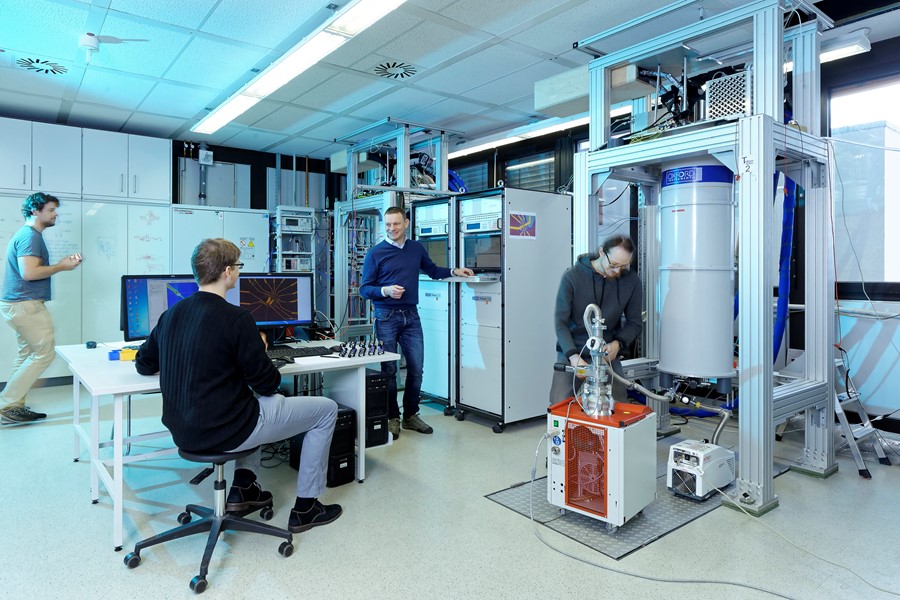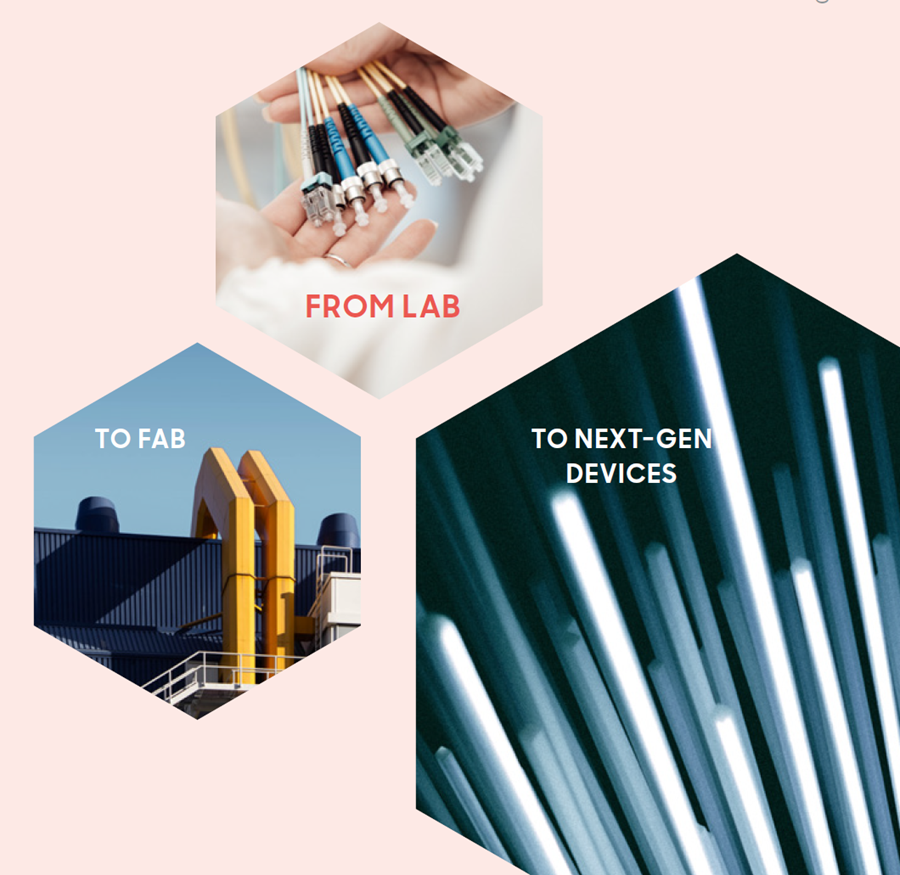Graphene spintronics paves way to new computing technologies
Meet the team that explores the frontier of graphene and layered materials for memory, processing and more
The Graphene Flagship’s Spintronics Work Package analyses the properties of graphene and emerging layered materials relevant to the field of spintronics, such as strong spin-orbit coupling and magnetic materials. Different combinations of graphene and layered materials will lead to new spin transistors and more efficient low-energy magnetic memory devices (MRAM).
In this article, meet the team that develops new spin devices, optimises their performance and integrates them into current memory technologies for next-generation computing.
Their story
The Spintronics Work Package was inspired and supported by Nobel Laureate Albert Fert, who predicted and discovered the phenomenon of spin-related giant magnetoresistance in the early 1980s. This phenomenon gave rise to the spintronics industry, where magnetic sensors for non-volatile memories (MRAM) are used in many commercial computing products.
Over time, spin devices based on graphene and other layered materials outperformed conventional materials for the transfer of spin information at room temperature, on an unprecedented scale. These devices could open the door to the design of exceptionally energy efficient memory technologies.
Their research
Non-volatile memory technology is the main target in their sights. This includes most types of computer storage, like hard drives and flash drives. The Spintronics Work Package focuses on using spin-torque phenomena to induce magnetisation reversal and improve memory function – two key factors for the development of new memory technologies.
Furthermore, they continually evaluate how graphene and layered materials can be incorporated into state-of-the-art memories, alongside conventional magnetic materials. These symbiotic technologies are poised for applications in the Internet of Things, neuromorphic computing and high-speed wireless communications.
Their impact
The Work Package conducted the first theoretical investigation of spin transport in ultra-clean devices, extending conventional approaches and developing brute force quantum simulations of realistic graphene spin devices. Furthermore, they demonstrated tunable room-temperature spin galvanic and spin Hall effects in van der Waals heterostructures. These effects enable the conversion of charge current to spin current, and vice versa, which could reduce power dissipation in spintronic circuits
They found that electrons in bilayer graphene encapsulated by suitable 2D materials can exhibit either exchange or spin-orbit coupling, and the two interactions can be swapped by a gate field. These exotic heterostructures are very interesting for potential spintronics applications. Further still, they observed a tuneable spin-orbit band gap in graphene for the first time, which could lead to new developments in quantum information transfer.
Their future
Collaborations enabled by the Graphene Flagship have positioned Europe at the forefront of research in spintronics. Many aspects of this research, like investigating new materials and developing device fabrication methods, share a common ground with other Work Packages. This ecosystem allows the Graphene Flagship’s Spintronics scientists to share information seamlessly. By working together, we speed up our progress.
The Spintronics Work Package integrates companies and industry-oriented research organisations like Graphene Flagship partners imec, NanOsc, Graphenea and Singulus Technologies, greatly stimulating fundamental research. The Experimental Pilot Line could further accelerate breakthroughs like these and hasten the move towards industrialisation.
One of their most important goals is to demonstrate that layered materials can be efficiently integrated into magnetic tunnelling junction stacks to improve their switching performance in terms of time, energy and cost. This could lead to higher technology readiness level (TRL) developments.
The devices fabricated by this Work Package are some of the most sophisticated and complex produced by the Graphene Flagship. By collaborating with partners within the Graphene Flagship’s diverse, multidisciplinary consortium, they seek to solve highly challenging technological issues – like co-integrating layered materials with magnetic materials in fabrication environments, and developing MRAM technologies.
Devices fabricated by scientists in the Spintronics group are some of the most sophisticated and complex produced by the Graphene Flagship.”
Spintronics Work Package Leader

Graphene Flagship Spintronics scientists in the lab. Credit: Peter Winandy, RWTH Aachen University

The Spintronics team takes graphene from lab to fab. What does the future hold? Credit: Stephan Roche/Graphene Flagship




